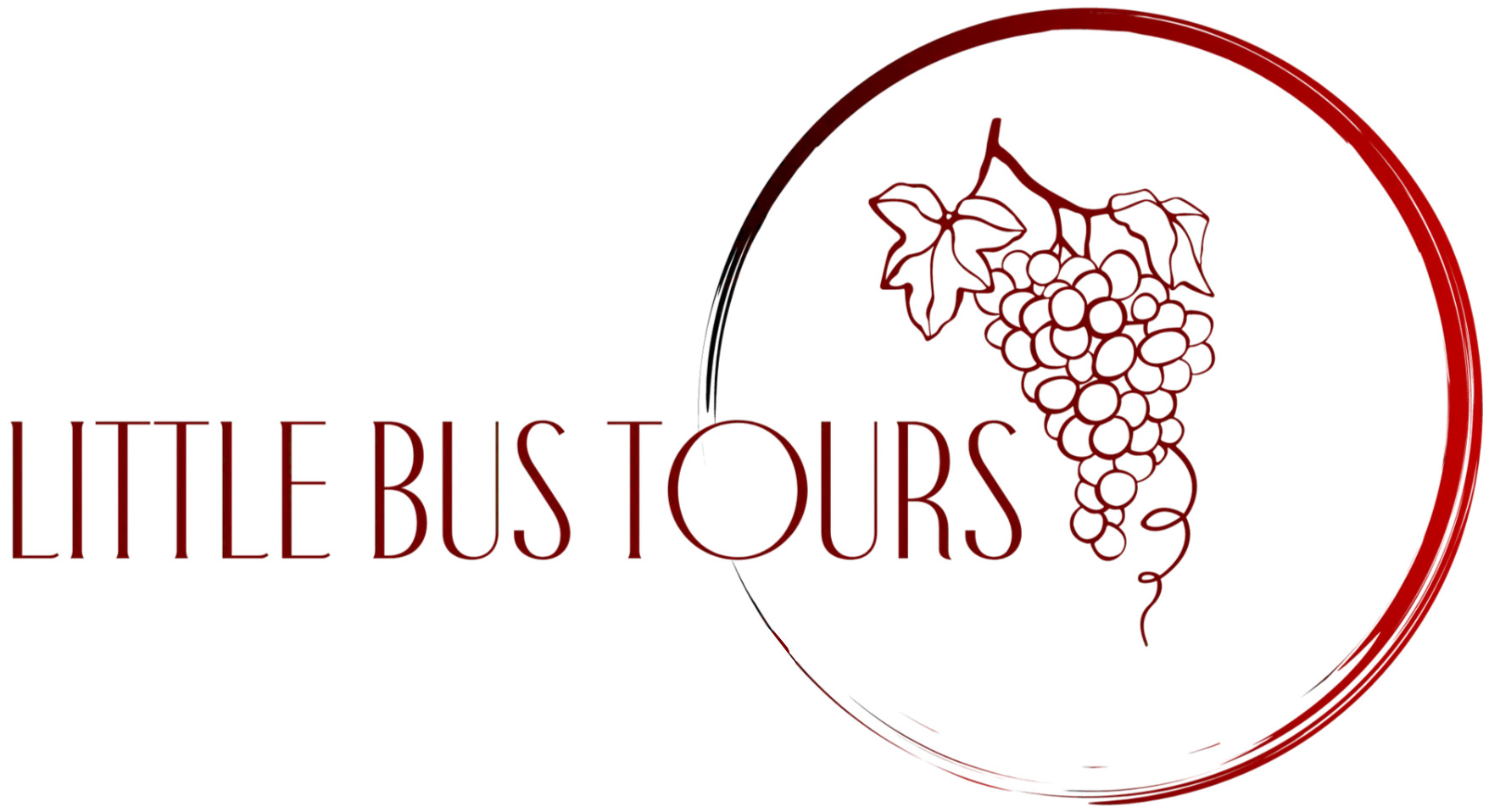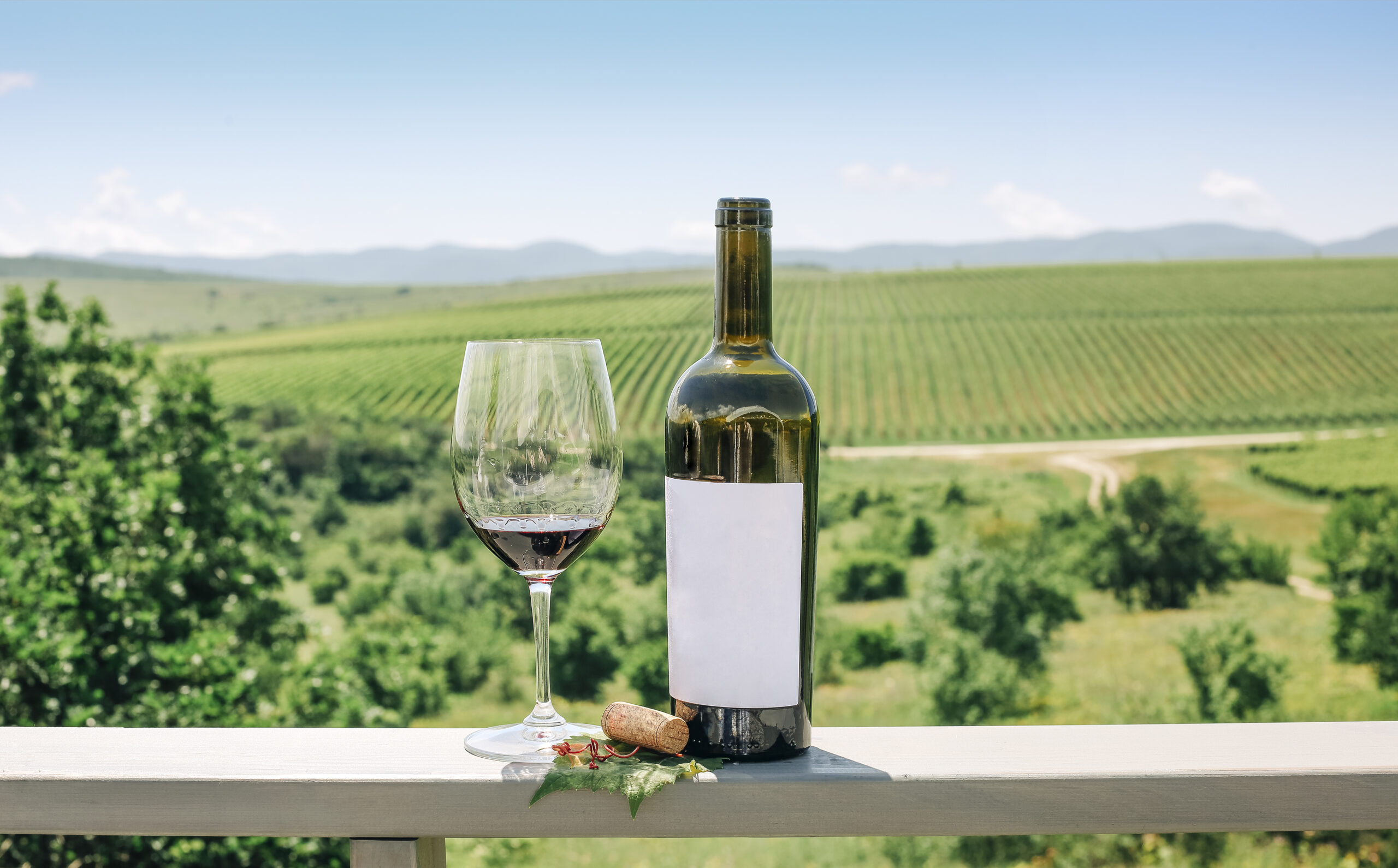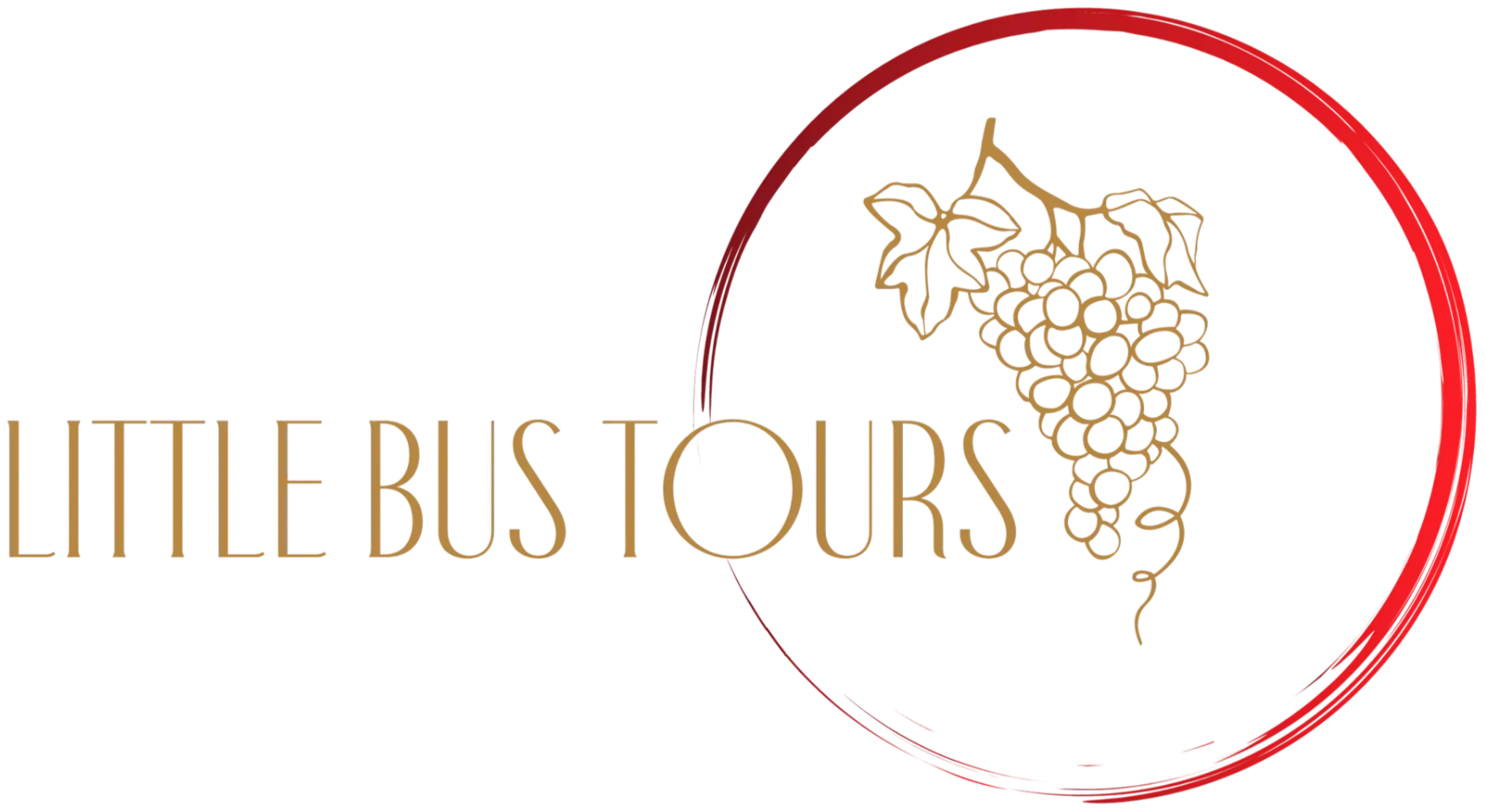Nestled away in the heart of Southern California, you’ll find Temecula Valley. It sits southwest of Riverside County, conveniently about an hour from San Diego, Orange County, and Palm Desert and about 2 hours from Los Angeles. You get the best of both worlds: an incredible mountain range paired with the Pacific Ocean only 22 miles away.
Temecula Valley has a rich wine-making history that goes back to the 1960s. It has welcoming weather all year long, comparable to the Mediterranean, with dry and pleasant summers, cool winters, and little rainfall. Without the Pacific Ocean nearby and the nutrient-rich soil for growing grapes, viticulture in this area would be almost impossible because of the minimal rainfall and scorching sun.
With this perfect climate, Temecula Valley is a prime spot for a wide array of wineries. In the early 1980s, the Temecula Valley region became an American Viticultural Area (also called an AVA). Riverside County is part of the larger South Coast AVA along the Southern California coastline.
When you visit a winery, tasting and exploring different wines is one thing, but learning the intricate details of the winemaking process is another. Guided tours are often helpful for those new to wine or the aficionado expanding their curiosity for wines.
When you get the opportunity to learn about grape varieties, soils, and different flavor profiles, it takes your understanding of wine to a whole new level. You may be interested in learning about the wine itself, but you also might wonder what the labels mean on each bottle.
Reading California Wine Labels
California itself produces an impressive amount of wine. About 60% of the time, when buying a bottle of wine in America, it likely comes from California. Besides France, Italy, and Spain, California is one of the largest wine producers in the world.
Getting Specific
European wine labels often make the wine region the more important piece of information, but when it comes to reading California wine labels, the grape variety is at the forefront. California is a state where consumer information is necessary, and there are specific rules and regulations. This means wineries need to state the correct information on their labels, with specific ratios of grapes to be called a certain type of wine.
There are official AVAs in California, but many California wines give the county where the grapes were grown or just note that the grapes were grown in California. To have that California distinction, 100% of the grapes need to be grown in California. To claim a certain region distinction, 85% of the grapes need to come from that specific viticultural area.
On the Label
Many wines have great designs and imagery on what we think is the front of the label, but according to the government, this is actually the back of the wine label. The front of the wine label is where you’ll find important information about the wine:
- Brand name, producer, or name of bottler
- The American Viticulture Area (AVA)
- Wine type or grape variety
- Amount of wine and the size of the bottle
- Alcohol content
- Sulfates or non-sulfate
- Location of where the wine was bottled
- Government warning
Additional Labels
Some additional labels are not required but will still be noted. You’ll see specifications like vintage, vineyard designation, specialty of wine, or the number of bottles produced.
You may come across more special symbols that are certifications for a wine produced in a certain way. You might see these labels on other food products, like organic or vegan. The most common certifications are:
- USDA Organic — This is one of the most common symbols for products that are organically farmed without the use of chemical insecticides in their production. Sometimes, it will be more specific and say, “Made with Organic Grapes,” meaning the grapes themselves are organic, but the whole process is not certified organic.
- Vegan — Many think that wine is already vegan (or vegetarian), but this is not always the case. A ‘V’ symbol indicates the wine is vegan and does not use animal products during the filtration process. Popular fining ingredients include casein, egg albumen, gelatin, and isinglass.
- Biodynamic — Biodynamic wines are a challenging certification to obtain, as it involves the health of the soil and farming using natural elements. Vineyards will track the moon and sun cycles, use beneficial insects to help the grape vines, and create biodiversity on their farms. Because this is one of the more intricate and challenging certifications, few wineries qualify for this label.
- Sustainability — Sustainability certifications and labels are given to wineries that follow sustainable practices in order to help the planet. Wineries will use recycled bottles, practice water and energy conservation, and preserve local wildlife and ecosystems.
Exploring Wineries in Temecula Valley
After reading about the beautiful Temecula Valley wine region and how to read California wine labels, you may have a newfound curiosity about winemaking and new wines. You may be able to research wines and wineries before embarking on a self-guided wine tour, but you’ll find you can have a much more relaxed and educational experience with a guided tour.
A guide will often be able to give their own experiences at the vineyards or know about specific locations that would be difficult to find online. As an added benefit, these guided tours are pre-planned, which means you can relax and enjoy the tour instead of worrying about creating the perfect itinerary.
With wineries located further apart, it can be difficult to plan a route when walking or public transportation is limited or not practical. Driving your party around might seem like an option, but then you cannot enjoy the full experience yourself.
With Little Bus Tours, we make visiting Temecula vineyards an intimate, fun, and easy experience. You can create lasting memories for bachelorette parties, business socials, networking events, and other special occasions while exploring exceptional wines and winemaking culture.
Enjoy a guided tour adventure with us, including transportation, hydration, wine tastings, and photos. We offer multiple types of tours to fit your needs, such as deluxe wine tours, master food pairings, and brewery tours.
We aim to provide the best wine-tasting experience for you and your party. Book your experience today!


